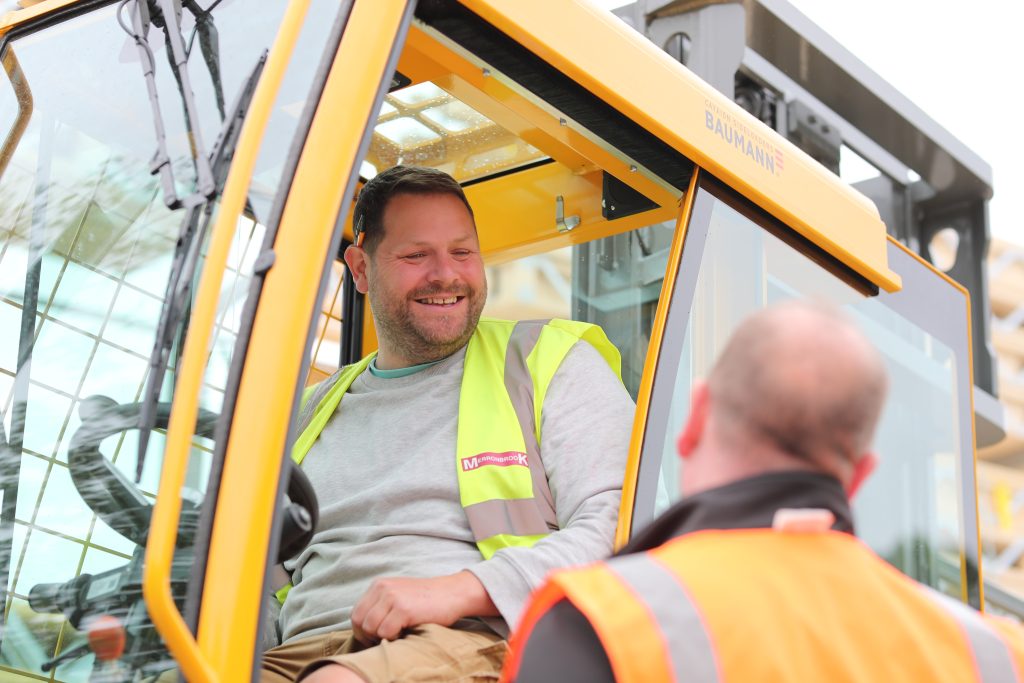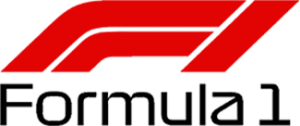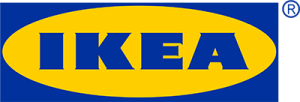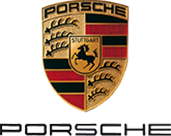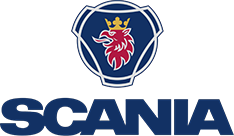Slipsheets are used for loading and unloading sea containers to optimize space and reduce the need for pallets, which can be cumbersome and heavy. These thin, pallet-sized sheets made of plastic, paper, or fiberboard provide a stable base for goods, allowing for easier sliding of products in and out of containers. Utilizing slipsheets increases the container’s payload and lowers shipping costs by eliminating the weight and volume of traditional pallets. This method is cost-effective, environmentally friendly, and improves the efficiency of the loading and unloading process.
The advantage of mechanical RollerForks for loading and unloading sea containers lies in their efficiency and cost-effectiveness. These specialized forks are designed with integrated rollers, enabling the easy handling of pallet-less shipments. By facilitating the quick movement of goods with slipsheets, RollerForks eliminates the need for pallets, reduces shipping weight, and increases container space. This leads to lower transportation costs and improved operational speed. Furthermore, RollerForks are environmentally friendly as they decrease the reliance on wooden pallets, contributing to sustainable logistics practices while enhancing loading and unloading efficiency in sea container operations.
RollerForks can quickly unload containers since the slipsheets are on the floor, allowing the RollerForks to easily “scoop” them up by rolling underneath. The operator simply slides the rollers underneath the slipsheet in one smooth motion. No waiting time required for a gripper to clamp the slipsheet, as is necessary with a push-pull mechanism.
The RollerForks can be used not only for handling slip-sheets but also for lifting pallets. So, when a container needs to be loaded or unloaded, there’s no need to disconnect the RollerForks to switch to standard forks, nor does the forklift with a push/pull attachment have to stand idle doing nothing.
With the tips slightly tilted forward, the RollerForks can be easily positioned under the slipsheet. Then, by leveling the RollerForks to a horizontal position, they can be driven completely under the load. This process is much simpler than operating the more complex push-pull attachment, which requires hydraulic control.
RollerForks are safer to use compared to a push-pull attachment because RollerForks function similarly to standard forks with integrated rollers. There are no clamping mechanisms or hinged parts that could potentially cause injury. There is no risk of hydraulic leaks since RollerForks are purely mechanical.
RollerForks are ideal for handling slipsheeted goods placed directly on the floor, as is often the case with 40-foot containers. Since RollerForks don’t have a gripper function and don’t need to pull the load onto the forks, loading and unloading with RollerForks is faster than with a push/pull attachment, allowing more containers to be handled in less time.
RollerForks are purely mechanical, eliminating the need for an additional hydraulic function on the forklift. Since RollerForks are almost as heavy as standard forks, there is no need for a heavier forklift, unlike a push-pull attachment, which is also a more expensive attachment to purchase but also to maintain because it has more parts.
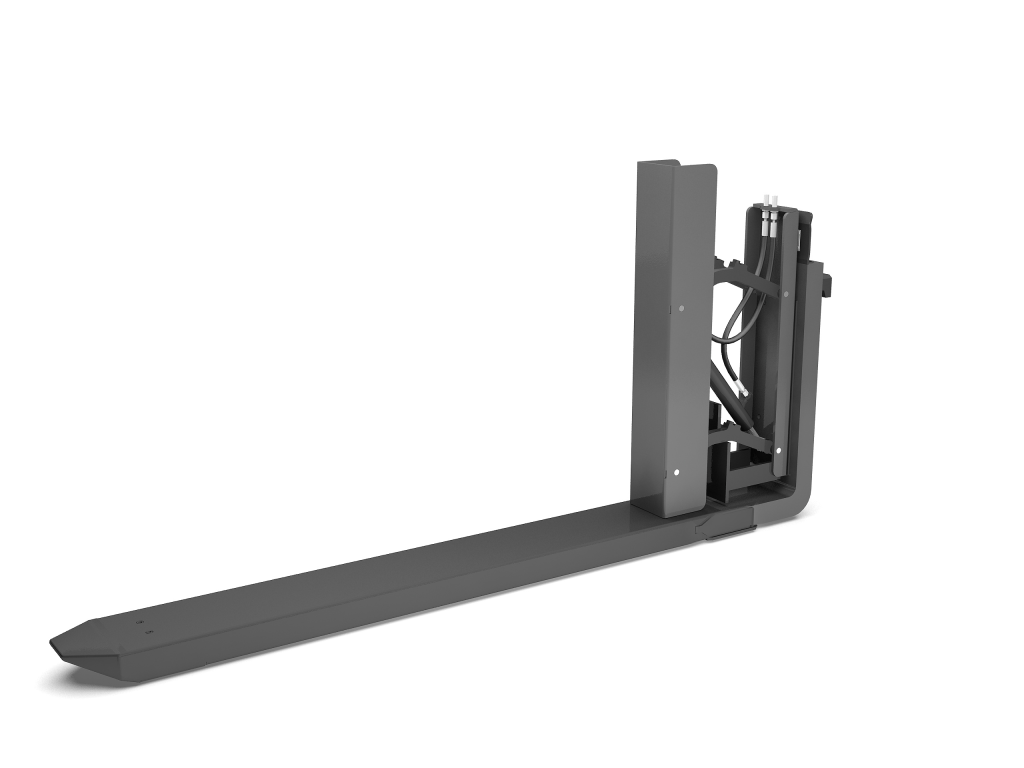

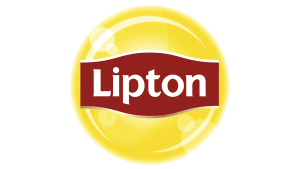
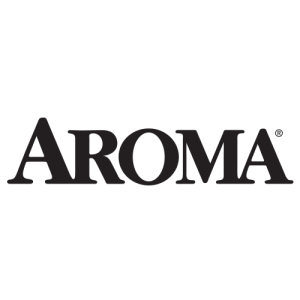

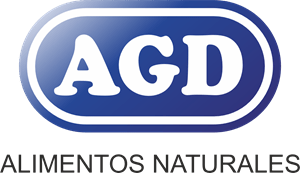




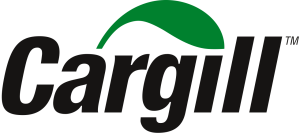
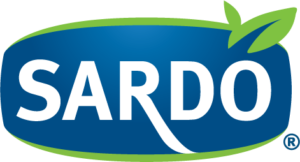

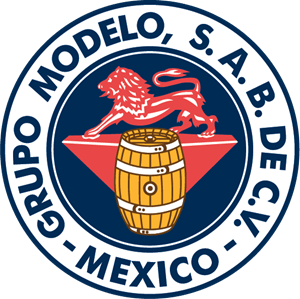
RollerForks are a type of lift truck attachment designed for handling slip sheets and pallets with a built-in roller mechanism, allowing for efficient and versatile material handling.
RollerForks use a system of two layer of rollers embedded in the forks. When the forks are inserted under a load, the rollers rotate in opesite directon, allowing the forks to glide under the load and lift it with ease.
The main benefits include increased handling efficiency, reduced dependency on traditional pallets, improved workplace safety, and decreased manual handling efforts.
Yes, RollerForks can be easily installed on standard forklifts, making them a versatile solution for various warehousing and material handling applications. RollerForks do not use any hydraulics like a push/pull attachment.
RollerForks are ideal for handling loads on slip sheets with boxes, bags, and stacked goods. They are best suited for stable and well-packaged items. De-stacking, separating two slip-sheets packages, is not recommended.
Regular maintenance includes inspecting the rollers for wear and tear, lubricating moving parts, and keeping the forks clean to ensure smooth operation.
RollerForks work best on smooth and hard surfaces. Uneven or soft floors may affect the performance of the rollers.
It is important to follow the manufacturer’s safety guidelines, such as proper fork positioning, avoiding overloading, and ensuring the load is stable during transport.
RollerForks enhance productivity by reducing the need for manual pallet handling, speeding up loading and unloading times, and eliminating the need for traditional pallets in some cases.
No, it is advisable to use specially designed pallets when RollerForks need to remove slip-sheeted goods from a pallet. These pallets are purchased once and can be continuously used within the warehouse or production area. These pallets are called RollerForks Pallets.
Once the load is placed on the RollerForks and the forks are lifted off the ground, the rollers lower below the top surface of the horizontal part of the forks. As a result, the load rests on the solid part of the forks, just like with standard forks, ensuring it remains stable and secure.
When a pallet is pushed forward, the distance between the pallet and the forklift increases. This typically requires using a heavier forklift for one-sided loading and unloading. The reason is that the pallet’s center of gravity shifts, and the forklift needs to maintain balance with the extended pallet to prevent tipping. Additionally, the hydraulically operated extendable forks need a 4th function, which many forklift brands offer as a standard or optional feature. Therefore, it’s crucial to consult with your forklift supplier, who will likely be familiar with our KOOI® ReachForks since they are also supplied directly to most forklift manufacturers. If you need local assistance contact your local KOOI® Dealer:
